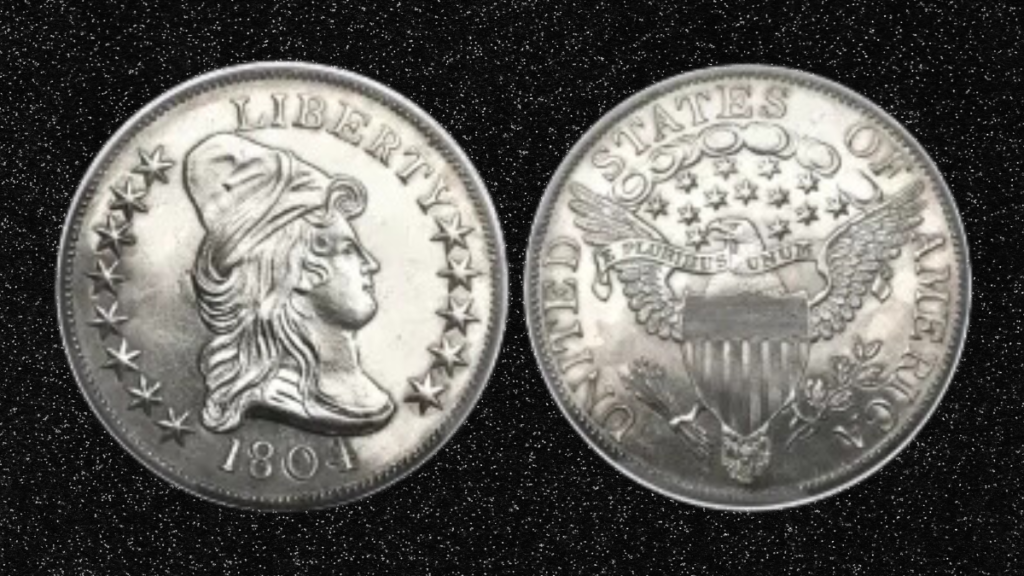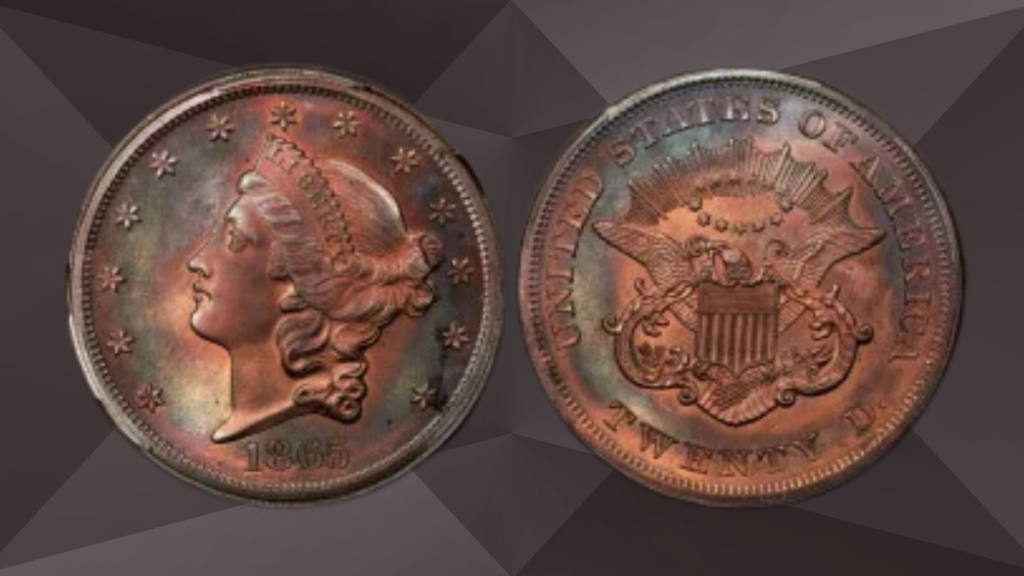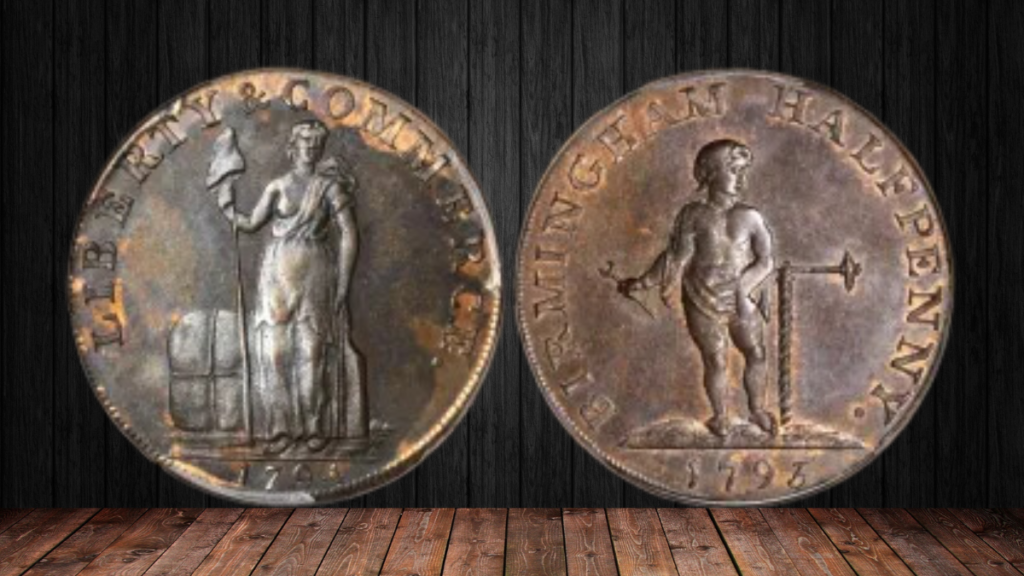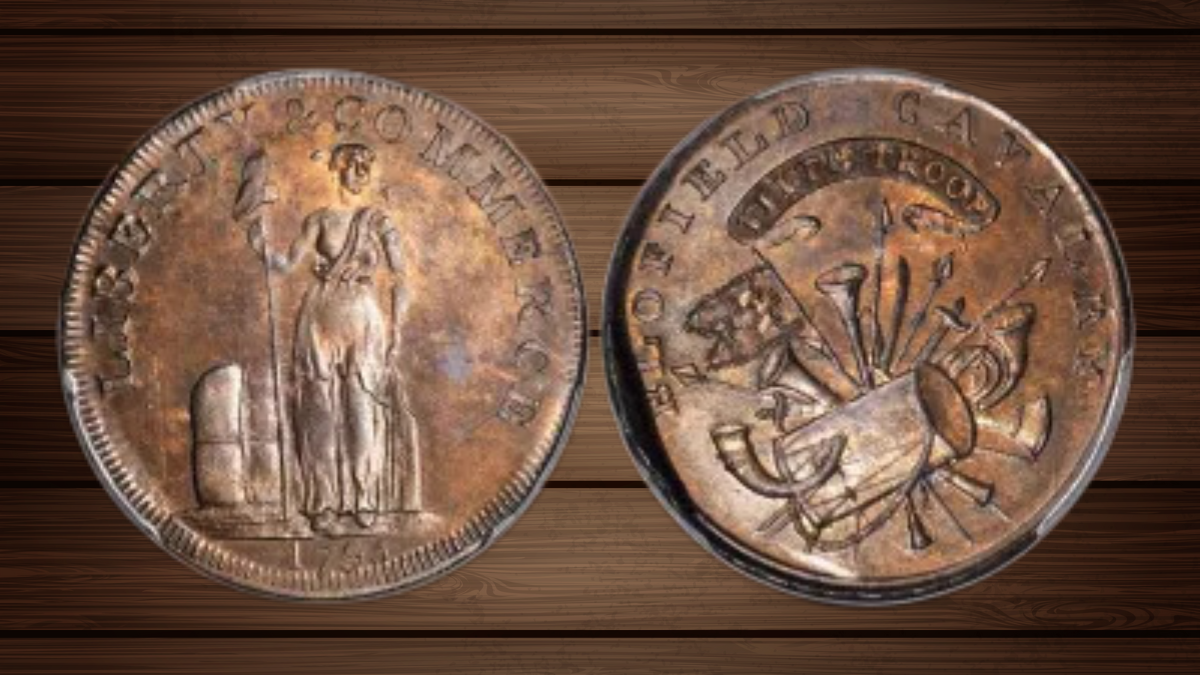Dr. Conway Anderson Bolt, a medical doctor from North Carolina, was a notable figure in the coin-collecting world. His passion for collecting U.S. coins and paper currency spanned from the 1940s until his death in 1973.
While practicing medicine in Marshville, he also worked with the Union County Health Department as a consultant.
Bolt’s collection was famous, not only because it included rare and valuable coins but also because it showcased his deep involvement in the coin-collecting scene.
He was one of the few collectors to own a 1913 Liberty Head Nickel, which he purchased in 1943 and sold to George O. Walton in 1946.
His collection would later be curated and sold through Stack’s in 1966 during the Metropolitan New York Numismatic Convention.
The Famous 1966 Auction

The April 1966 auction at Stack’s, held at the Park Sheraton Hotel in New York, was a significant event in the coin-collecting world.
The bulk of Dr. Bolt’s collection was sold at this event, drawing nationwide attention. The sale covered a wide variety of coins, including gold, silver, and copper pieces, as well as currency.
Although Bolt didn’t part with all of his coins in 1966, his remaining collection of branch mint gold was sold in 1974.
Retirement Goals: How Rare Coin Collecting Can Lead to Financial Freedom
Noteworthy Sales from the Bolt Collection

One of the standout coins in Bolt’s collection was an 1849 Mormon $10 Gold Piece, which sold for $11,000 in the 1966 auction—an equivalent of around $107,360 in today’s dollars.
This coin was purchased by the Church of Latter-Day Saints and remains a prized item in their collection.
Other significant coins included an 1879 Flowing Hair Stella, which fetched $6,000 (around $58,600 today), and a 1796 Liberty Cap Quarter Eagle that sold for $5,500 (about $53,680 adjusted for inflation).
Bolt’s 1886 Liberty Head Double Eagle, in “Brilliant Uncirculated” condition, sold for $2,400, a remarkable price for such a rare coin.
Special Pieces Not in the 1966 Auction
Although much of Bolt’s collection was sold in 1966, some rare pieces were kept aside. His collection of error coins and branch mint gold was sold in separate auctions in 1974 and 1975. These pieces added to the rarity and prestige of the Bolt Collection.
A Well-Rounded Collection

Bolt’s collection was known for its depth and variety. His set of Flying Eagle and Indian Head Cents, which included both duplicates and Proof issues, was sold for $6,300 (around $61,488 today).
Additionally, Bolt’s 1909-S V.D.B. Lincoln Cent, described as “Brilliant Uncirculated, Gem,” was noted as one of the finest examples of its kind at the time.
In terms of silver, Bolt’s collection included a variety of Half Dollars, Patterns, and Paper Money, all covered in the three sessions of the 1966 auction.
His complete set of large cents, particularly those from 1812-1835, were mostly uncirculated or in very fine condition, making them valuable additions to any coin collector’s portfolio.
6 Canadian Dollar Coins That Could Make You Richer Than You Think—Don’t Miss These Hidden Treasures!
Preserving the Bolt Legacy
Despite the massive sale in 1966, much of the Bolt Collection has been lost to time. Of the 2,128 lots sold at the auction, only a handful can still be traced today.
Most of these coins are now held in private collections or have been resold at other major auctions.
One notable example is the 1794 Talbot, Allum & Lee / Birmingham Half Penny Mule, which was originally sold at the Bolt auction for $75 and resold in 2018 for $1,560.
These coins, along with others from Bolt’s collection, continue to fetch high prices at auctions today, preserving his legacy in the numismatic world.
Conclusion: A Remarkable Collector
Dr. Conway A. Bolt’s passion for coin collecting has left an indelible mark on the community. His collection, which spanned decades and included some of the rarest U.S. coins, continues to be celebrated and studied by collectors today.
Through the auctions of his collection, Bolt’s name remains synonymous with quality and rarity in the world of numismatics.

